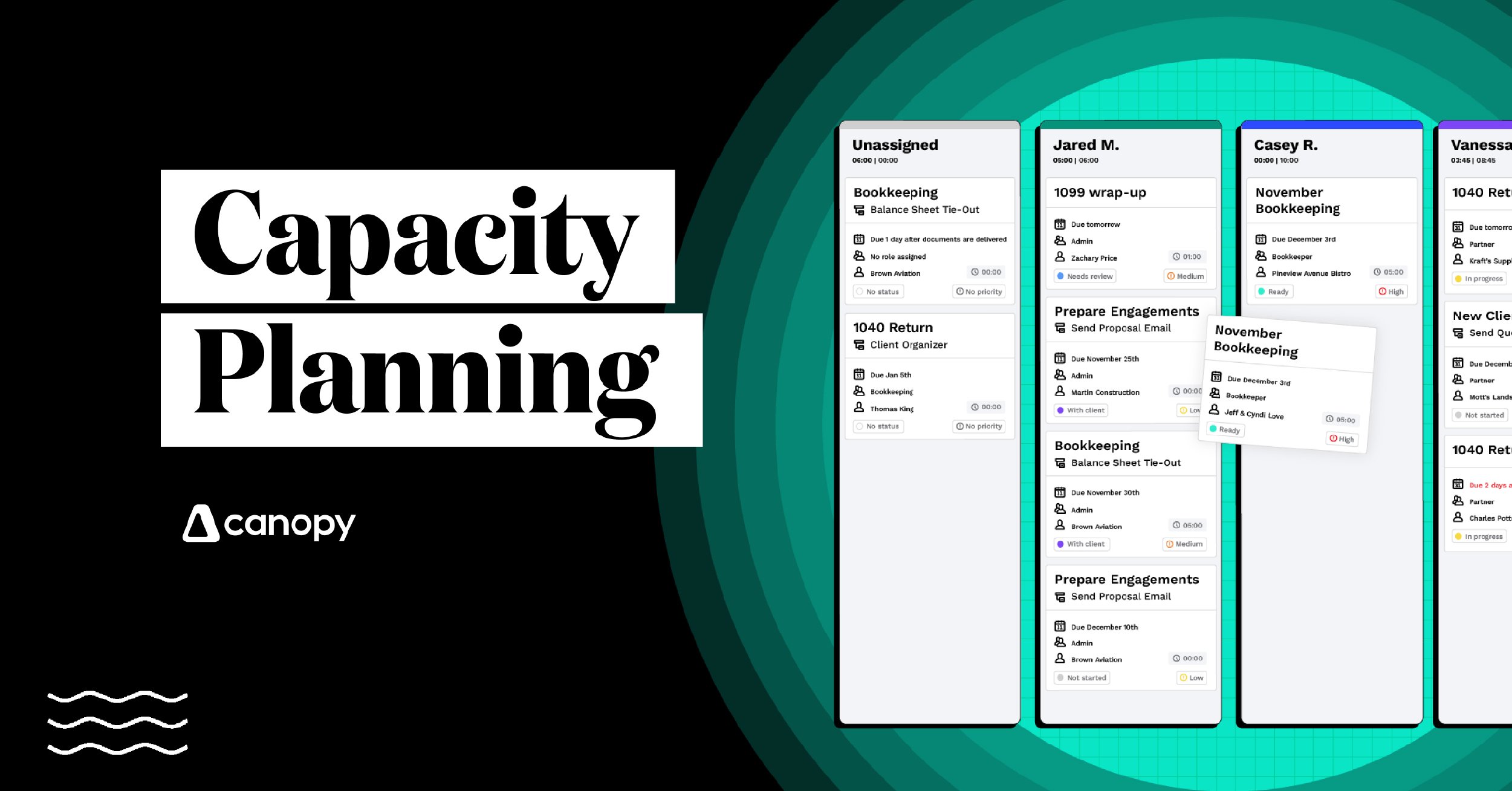The sweeping federal tax overhaul enacted through the One Big Beautiful Bill Act (P.L. 119-21), signed into law on July 4, 2025, may prompt states to reevaluate their tax codes – though many may delay action until 2026. According to Baker Tilly tax experts Shannon Bonner and Andy Whitehair, the timing and breadth of the legislation may pose significant obstacles for state governments and multistate taxpayers alike.
“As the majority of states concluded their 2025 legislative sessions prior to July 4, 2025, the enactment of [the Act] will likely present legislative timing delays for states to address the tax reform changes,” said Shannon Bonner, National Tax State and Local Tax Director at Baker Tilly. “Absent special legislative sessions, these decisions will likely come in 2026, or later as states evaluate the implications of [the Act] to their taxing regimes and overall state budget.”
Fixed vs. rolling conformity
States generally conform to the Internal Revenue Code (IRC) in one of three ways: (1) rolling conformity (automatically adopting federal changes), (2) fixed conformity (adopting the IRC as of a specific date), or (3) selective conformity (choosing specific provisions).
Bonner noted that several fixed-conformity states are currently aligned with a version of the IRC that predates the Act, meaning they must now decide whether to update their conformity date and whether to decouple from specific provisions.
“[The Act] will present practical challenges for taxpayers as far as tracking and complying with the application of the federal tax changes at the state level,” Bonner said. “Taxpayers will need to make specific state modifications and potentially track state differences in carry-forward amounts, if applicable.”
SALT deduction cap: Temporary relief, long-term complexity
Among the most discussed provisions of the Act is the temporary increase in the state and local tax (SALT) deduction cap to $40,000. However, the relief is phased out for high-income earners and scheduled to revert to the previous $10,000 cap in 2030.
“There are several implications of the SALT deduction cap increase,” said Andy Whitehair, Director with Baker Tilly’s national tax team. “For single-filers and married-filing-joint couples, the cap will phase down at modified AGIs over $500,000, with a full phasedown to the old cap of $10,000 once one reaches $600,000 of AGI.”
Whitehair added that the phasedown creates a steep marginal tax rate. “Each additional dollar earned in the phasedown range between $500,000 and $600,000 will be subject to a 45.5% marginal rate,” he said. “Many earners in this phasedown range living in high-tax states may take home less than half of each dollar earned.”
The provision is retroactive for 2025, which may prompt taxpayers to adjust their payment timing. “Taxpayers may want to revisit their tax projections before year-end to determine whether they could benefit from accelerating fourth-quarter state estimated payments or January 2026 property tax bills into the 2025 tax year,” Whitehair advised.
International tax changes and state impacts
The Act also includes changes to international tax regimes such as GILTI (Global Intangible Low-Taxed Income) and FDII (Foreign-Derived Intangible Income), which could affect state tax bases depending on how states treat such income.
“Many states treat GILTI as a dividend, which, depending on a state’s guidance, allows for a full or partial deduction via its DRD rules,” Bonner explained. “For the states that wholly or partially tax GILTI, [the Act’s] GILTI calculation changes may have an overall impact on a taxpayer’s state taxable income.”
Lessons from the past
Bonner pointed to the 2017 Tax Cuts and Jobs Act (TCJA) as a precedent for how states might respond to the Act. “States had to evaluate the new federal tax regime and adopt, decouple, or provide guidance on the applicability of such changes at the state level, which for some states took years,” she said.
“Thus, a state’s response to TCJA may provide a bit of a road map or preview for taxpayers in understanding the timeline for updated conformity legislation and further guidance on the applicability of [the Act].”




























